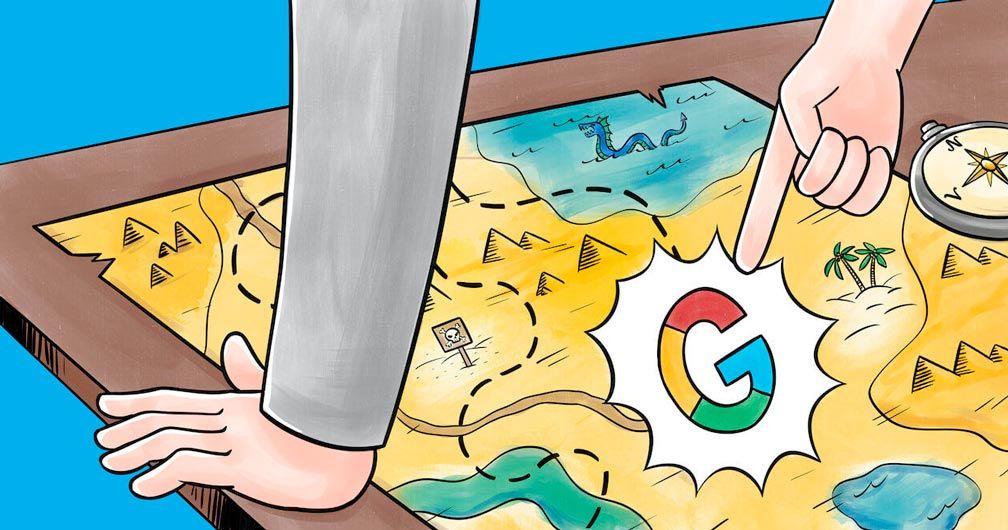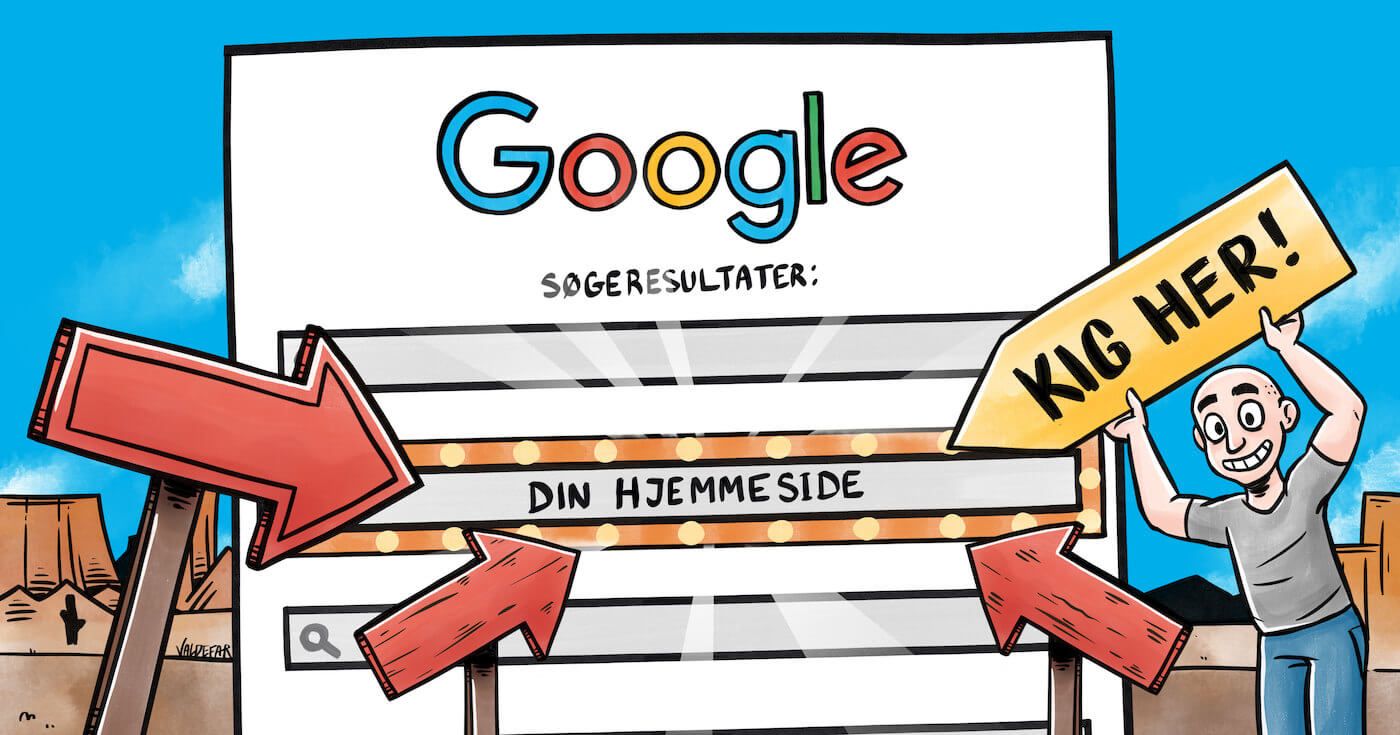
Branding
Have you ever wondered why people line up to buy the latest iPhone or wondered why people pay extra for a cup of coffee with a certain logo? That's the magic of branding. It's what makes us feel like our morning coffee has superpowers and that our new phone is a must-have in the technological evolution.
For some, branding may seem like an undefinable concept that encompasses many aspects. So let me try to boil it down and put into words what branding really is and how you can get the most out of your branding.
What is branding?
Let's play a game. If I ask you to think of a sneaker brand, which ones come to mind? Nike, Adidas, New Balance? If I ask you to think of a sandal/lip-flop brand, which ones come to mind? Birkenstock, Havaianas, H2O?
Both types of footwear are sold by many different companies, but when we think of footwear, we automatically associate it with specific companies. It's branding - even really successful branding, also known as top of mind.
Branding is the process of building and reinforcing a recognizable image to become top of mind with your target audience. It refers to the way a company creates a unique identity, image and reputation for its products, services or organization as a whole.
The purpose of branding is to differentiate yourself from competitors and create a strong and recognizable presence in the market.
Basic aspects of branding
- Logo and visual identity
- Brand values and messaging
- Customer journey and experience
- Communication
- Reputation and trust
- Target audience.
Branding is critical to business success as it can help differentiate in a competitive marketplace and build customer loyalty. It's a long-term investment in creating a strong and positive perception of your business and products or services.
Here is an example of how we at Webamp work with a clearly recognizable visual identity in our knowledge universe, Academy.

Are branding and marketing the same thing?
While branding and marketing often go hand in hand, they are not the same. It's important to understand the difference between the two concepts in order to develop a holistic approach to strengthening your company's position in the market.
Marketing is primarily about promoting and selling products or services. It includes activities such as advertising, campaigns, sales promotions and market research. Marketing focuses on reaching the target audience, generating sales and increasing revenue.
On the other hand, branding is more comprehensive and long-term. It's about shaping the way people perceive your business. Branding involves defining your company's unique identity (USP), values and mission. It also includes building a strong relationship and trust between your business and its customers. Branding can influence how customers feel and think about your business, and it creates a recognizable identity that stands out from the competition.
So while branding and marketing work together, they are two different disciplines with different purposes. Marketing is more focused on short-term sales results, while branding is about creating a strong, lasting presence and identity that can benefit the business in the long term.
Branding strategy is at the heart of positioning
A branding strategy is at the heart of how a company positions itself in the marketplace and builds its reputation. But what exactly is it?
A branding strategy is a comprehensive plan that defines how a company wants to be perceived by its audience. It's a guide that outlines the company's unique identity, values, goals and how it will communicate these elements to the world around it.
An effective branding strategy takes into account the needs and wants of the target audience, the positioning of competitors and the unique characteristics of the company's products or services. It often includes elements such as logo, colors, design, and even the tone of voice of the company and the way it communicates.
The goal is to create a strong and recognizable market presence that builds trust and loyalty with customers.
5 tips for your branding strategy
1. know your target audience
Understanding your target audience is crucial. In-depth knowledge of their needs, wants, and taste preferences will help you adapt your branding to appeal to them. Conduct market research, analyze data and engage directly with your customers to build a strong connection.
2. Clear recurring message
Create a clear and consistent message that communicates your company's unique values. This message should take into account all aspects of your business - from your website and social media to your advertising campaigns. The more cohesive your message is, the more recognizable your brand will be.
3. Create a visual identity
Develop a strong visual identity that includes logo, color scheme, fonts and imagery. These elements should reflect your company's personality and differentiate you from the competition. A professional and cohesive visual identity is essential to create recognizability.
4. Strengthen your storytelling
Use storytelling to create an emotional connection to your brand. Tell stories about your company's history, mission and how your products or services positively impact customers' lives. A good story can make your brand more relatable and memorable.
5. Monitor and evaluate
Branding is a dynamic process, so make sure to monitor and evaluate your brand strategy on an ongoing basis. Measure KPIs like customer satisfaction, brand recognition and market share and use this data to adapt your strategy and stay relevant in a changing market.
Different types of branding
Branding has one overarching purpose: to communicate your company's unique values and personality to the outside world. But branding is not just one thing. It's a complex process that encompasses different aspects.
That's why we talk about different types of branding:
Corporate branding
Corporate branding is about building an overall brand around your business as a whole. It involves defining your company's mission, vision, values and personality.
Corporate branding is important because it builds trust and credibility in the market. When customers associate your brand with reliability and quality, they are more likely to choose you over the competition.
Ørsted's video below is a prime example of corporate branding
Employer branding
Employer branding is about creating a positive perception of your company as a workplace. This is important to attract and retain talented employees.
Strong employer branding can help you attract the best candidates and build a dedicated and engaged team.
At least that's what we've tried to do with the career video below for Webamp.
Personal branding
Personal branding is about building and promoting your personal brand as an individual. This is especially true for leaders, experts and celebrities within a company.
Your personal brand can help increase your credibility and connect with your target audience in a more personal way.
To use an example from my own world, my podcast "The New Standard" is a great example of personal branding.
Product branding
Product branding focuses on building a strong brand around a specific product or product line. It involves creating a unique product brand, developing a clear target audience and positioning the product in the market.
Product branding is essential to differentiate your product from the competition and attract customers.
The below evergreen from Pepsi is a slightly more cheeky example of product branding, where competitor Coca Cola is also subtly and indirectly thrown under the bus.
Geographic branding
Geographic branding is relevant for businesses that operate in different locations or want to target specific regions. It's about adapting your branding to the cultural and geographical differences in the areas where you operate.
This can include customizing your communication, color scheme and even product offerings.
The former TV2 Lorry - now known as TV2 Kosmopol - has managed to do just that in the branding video below.
Co-branding
Co-branding is a strategy where two or more companies work together to create a common brand. It can help expand your target audience and increase your visibility.
Co-branding can take many forms from product releases to joint marketing campaigns.
The collaboration between Tuborg and Roskilde Festival is a great Danish example of successful co-branding. A less successful example is the collaboration between Shell and LEGO, which received a somewhat critical response from Greenpeace in the form of the video below.
Branding and SEO
Branding and search engine optimization are two seemingly separate disciplines, but they are closely related in several ways. Branding actually has a significant impact on your SEO strategy - and vice versa.
In a world of artificial intelligence and strong digital competition, reliability is a parameter Google values highly.
The concept of E-E-A-T from Google's Search Quality Guidelines clearly shows this. You need to include experience, expertise, authority and credibility in your SEO strategy to be rewarded with good rankings in search results.
And this is where branding is key.
- Experience: With targeted branding, you can show that your company has specific experience with certain products or services.
- Expertise: A strong branding strategy can help establish and demonstrate your expertise in your field.
- Authority: Branding can help you establish your business as an authoritative source by showing that you are dedicated to quality, credibility and reliability.
- Credibility: Branding plays a key role in building credibility. A well-known and reputable brand creates a sense of security among your customers and website visitors.
To create a positive reputation that earns you stars in Google and potential customers, it's important that your branding strategy is well thought out.
That's why it's crucial to integrate branding into your SEO to create a strong online presence and build long-lasting relationships with your target audiences.

Take your branding to new heights
If you're looking to strengthen your company's branding, Webamp can help you get a handle on your branding strategy and create a stronger identity in the marketplace.
Please contact me for a free strategy call.
Learn more about SEO, and increase your online presence
Whether you're a generalist or a marketing specialist, our SEO specialists have put together some great advice for you on our blog.
Learn more about SEO in Webamp Academy.
-

Server-site tracking
December 6, 2023Read about server site tracking and learn why it's an absolute necessity to gain full insight into your data. -

Helpful Content Update
November 29, 2023In August and September 2023, Google rolled out a significant update that has attracted attention, especially in the SEO world. -

How to write with ChatGPT
November 22, 2023Learn how you can write with AI - I dive into the potential of ChatGPT and explore how the bot can improve your copywriting -

E-E-A-T - "eat" your way to SEO success
October 13, 2023Dive into the world of E-E-A-T and understand why experience, expertise, authority and credibility are key elements in search engine optimization. -

Everything you need to know about h-tags in SEO
September 29, 2023Learn about H-tags in SEO in our guide. Gain valuable insights into the use of H-tags and discover our 9 tips to improve your headline optimization. -

12 tips for YouTubeSEO
June 9, 2023You may know the website -SEO - but did you know that SEO can also help you get more views on YouTube? -

Fatal SEO errors in 2023
April 14, 2023Read on as I try to help you understand the biggest SEO mistakes so you can avoid making them. -

Build authority on Google with link building
March 28, 2023Strong backlinks increase your website's credibility and authority in Google's eyes. Read more about link building here. -

What is SEO? Search Engine Optimization Guide 2023
March 21, 2023Do you know SEO? If not, this complete guide to search engine optimization in 2024 will (hopefully) answer all your questions. -

Get control of on-page SEO
8 February 2023What is on-page SEO? Read this post to get to grips with on-page SEO, so you get read, understood and rewarded by Google.
